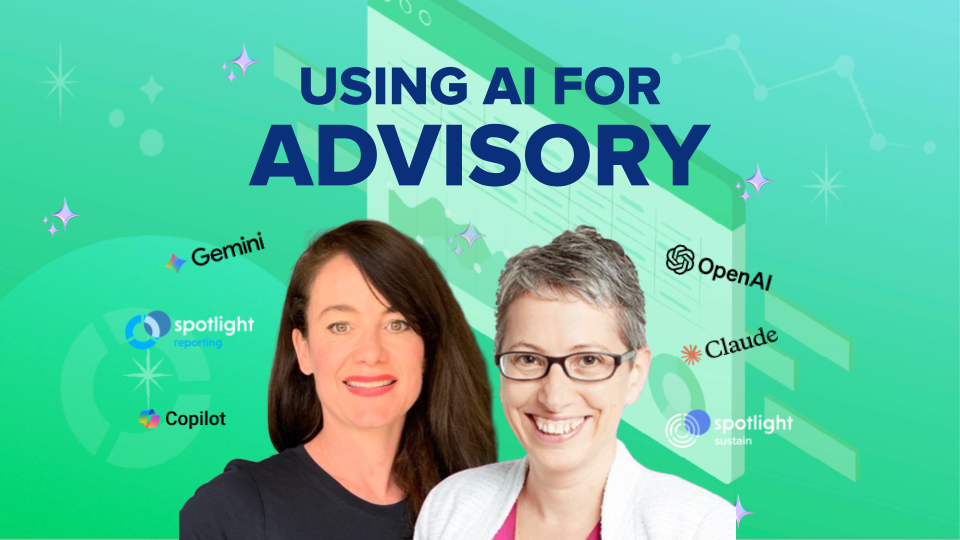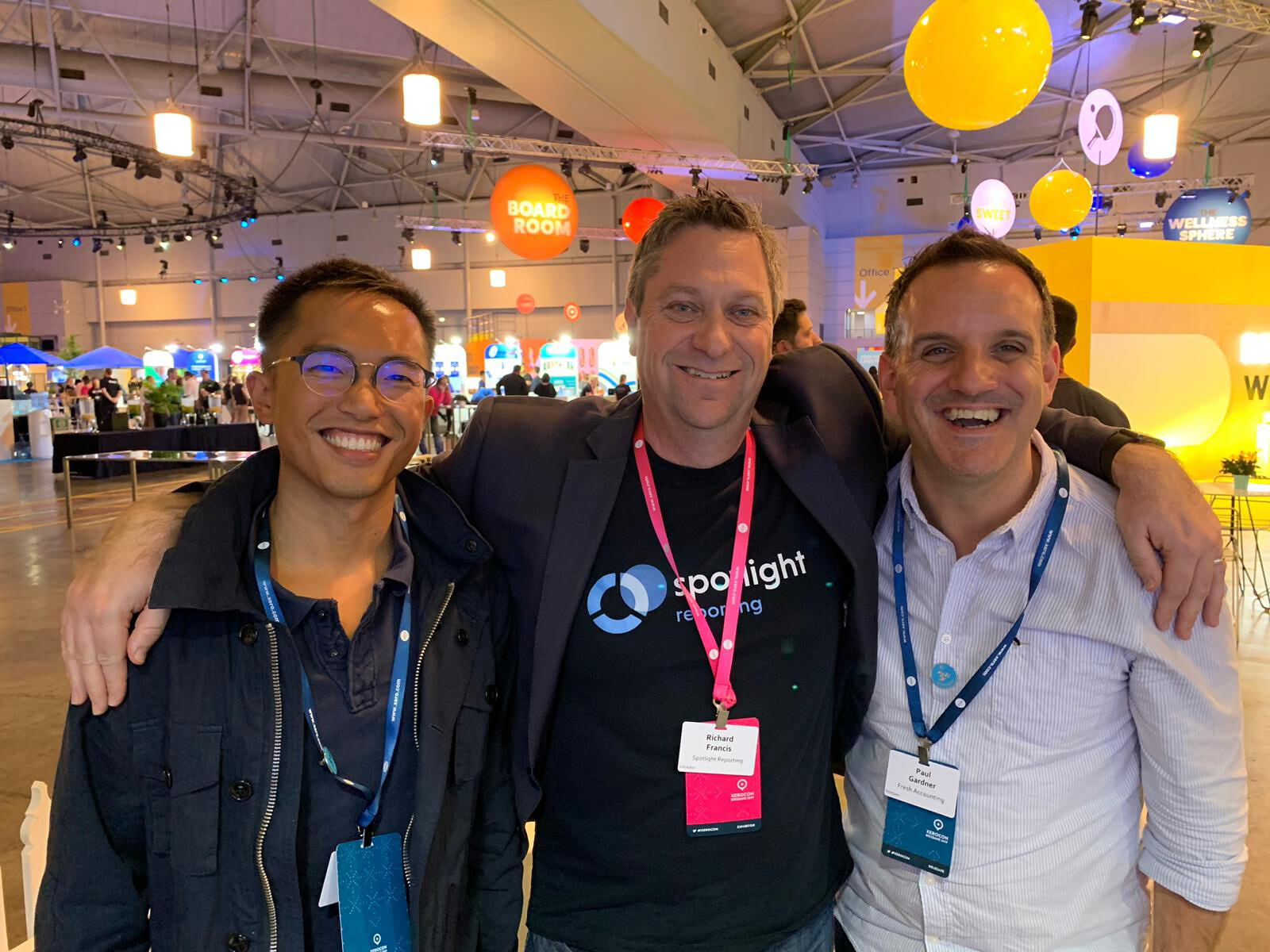Business Fitness's "Good, Bad, and Ugly" Technology Poll of 2020 revealed that the number one issue accounting firms have with their tech-stack is lack of utilisation. This is a challenge that Brad Geelan, Head of Business Development at Business Fitness, has seen crop up again and again over the past five years. There are four reasons he thinks that this is the case:
- Firms often expect accounting tech to solve problems immediately, without them needing to invest time and resources into getting to grips with the software. This is not the case.
- Tech is often purchased to solve a single problem, rather than for all the efficiencies it can create.
- There’s often a lack of knowledge around what accounting technology can do, leading to products being misunderstood and underutilised.
- There’s also an unrealistic expectation of what tech can provide, with a bit of time and effort put into learning the product. Many firms expect plug-and-play solutions, but accounting software is often more complicated than that—for good reason.
Having identified problems around utilisation, Brad and our Global Customer Success Manager, Danelle, identified six key steps to help you make the most of your accounting tech-stack.

1. Start With Why
Just like with any new endeavour, the best place to start your tech journey is with “Why”. Why are you looking to invest in this particular piece of software? What problems are you trying to solve? What opportunities are you trying to take advantage of? In reaching the destination you’ve set for yourself, knowing your Why will be an integral driver of progress.
But it’s only one half of the equation – the other half is being prepared to put in the time and resources into incorporating your new tech product into your internal systems.
“The software is but the enabler,” says Danelle. “It’s the people and the processes around it that are the value-add, or the solution to the problem. The technology simply enables that to happen, and it doesn’t simply do it all for you.”
2. Do Your Due Diligence
If you understand why you want to invest in new software, and you’re prepared to really make a go of it, the next step is for you to find your best software fit.
Many accounting firms begin their search by looking for technology that only solves one specific problem. This, says Danelle, isn’t the best approach—by focusing on a single issue, accounting firms fail to see the opportunity to invest in something that solves multiple problems at once.
“People will adopt Spotlight for one or two aspects,” she says. “But we have a suite of four tools, and wraparound services… really making sure they know the tool well means that they can see that there are other opportunities with us.”
Similarly, a simple feature comparison, says Brad, gives a limited picture of what technology can do for you.
“Gone are the days where you had your A list of clients… who would be approached for additional services,” he says. “Now you have B, C, and D list clients who need their accountants more than ever. If firms utilise their tech stacks efficiently, they’re able to service lower level clients with additional services as well.”
Take a holistic approach to each option, and evaluate what opportunities it’ll afford you and your firm. Understanding what your new software tools can do before you start your journey will save you time and money in the long run.

3. Train Your Team
Implementing a new piece of software isn’t just a case of making a purchase, and then presenting it to your teams. It’s a change management process, and should be managed as such. Empower your teams with time and resources to learn the technology, train their peers, and share their successes. Otherwise, you’ll be saddled with a piece of kit that no one knows how to use, or is enthusiastic about.
Make sure you have a plan in place. What’s the end goal? Who is in charge of getting you there? Are there training programs you can participate in? Many software suppliers offer things like kickstart calls and certifications, to help you on your journey. Take advantage of these.
Finally, don’t focus on the people you feel should be driving the change, based on title or seniority. Instead, allow anyone who is passionate about the new opportunity to lead the charge. They’re more likely to be successful than someone who’s an unwilling participant.
4. Improve Continually
SaaS companies are constantly tweaking and improving their products—so you should be continually updating how you use them. Make sure you subscribe to receive product marketing updates, ask if they have product training sessions, and set aside time each week to learn about new features and hidden gems, and incorporate these into your processes.
Break down complex tasks, like building a full report or forecast, into small chunks you can explore in half an hour sessions. That way, you’re more likely to learn the ins and outs of the product, without the pressure of a deadline.
Don’t forget to celebrate your wins. There’s nothing more motivating than seeing team members succeed, and being able to emulate it yourself.

5. Measure and Monitor
You can only monitor what you measure. Go back to your “Why”, and decide what success for you looks like. Is it a reduction in the time you spend on manual tasks? An increase of revenue? Set a tangible goal to meet, and consistently monitor your progress.
To incentivise your team, you could measure success in fun ways—like the number of printers left in the office after switching using Business Fitness software to reduce your paper trail, for example.
6. Just Get Started!
At the end of the day, the best way to make progress and learn to utilise your tech stack is to just get started. For example, Danelle once worked with a firm who had a lot of medical practitioners as clients. After subscribing to Spotlight Reporting, the firm showed one such client a Spotlight Reporting medical template, as an example of what they could provide. The client agreed to a $7,000 engagement with them—without them ever having built a report before.
“It’s about celebrating the successes and value you can add to a client,” says Danelle, “and making it as easy as possible.”
The more success you see, the more momentum you’ll build. But you’ll never get anywhere if you never get started and sit around waiting for perfection to happen.
Do you struggle with these issues in your own firm? For more information on making the most of your technology, watch our recent webinar, “Maximising the Full Potential of Your Accounting Tech-Stack” with Spotlight Reporting and Business Fitness.









.jpg)



.jpg)
